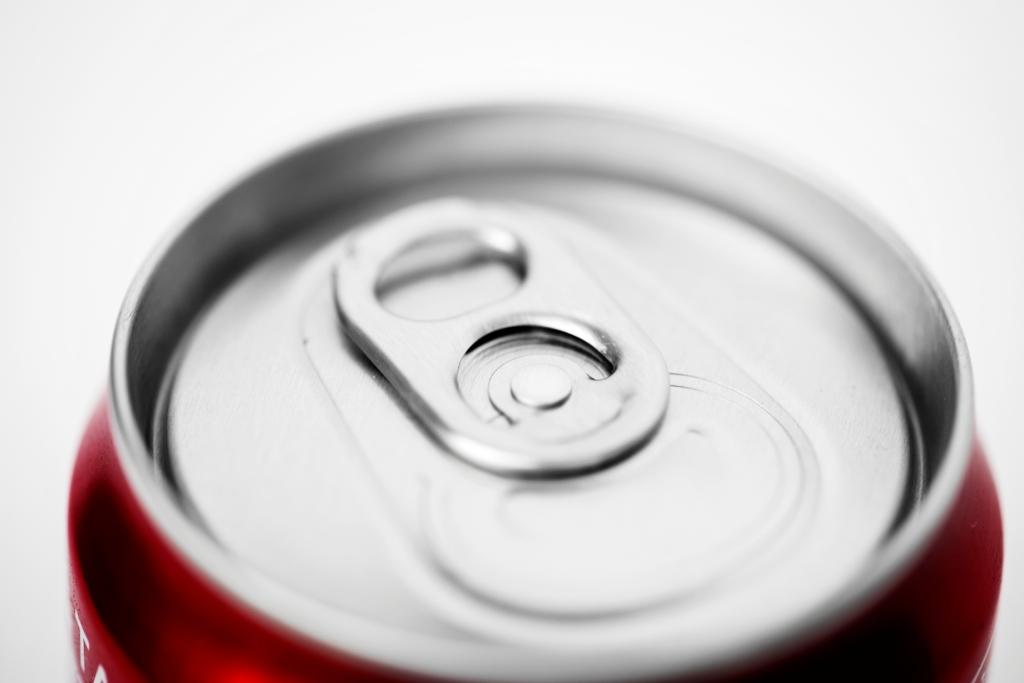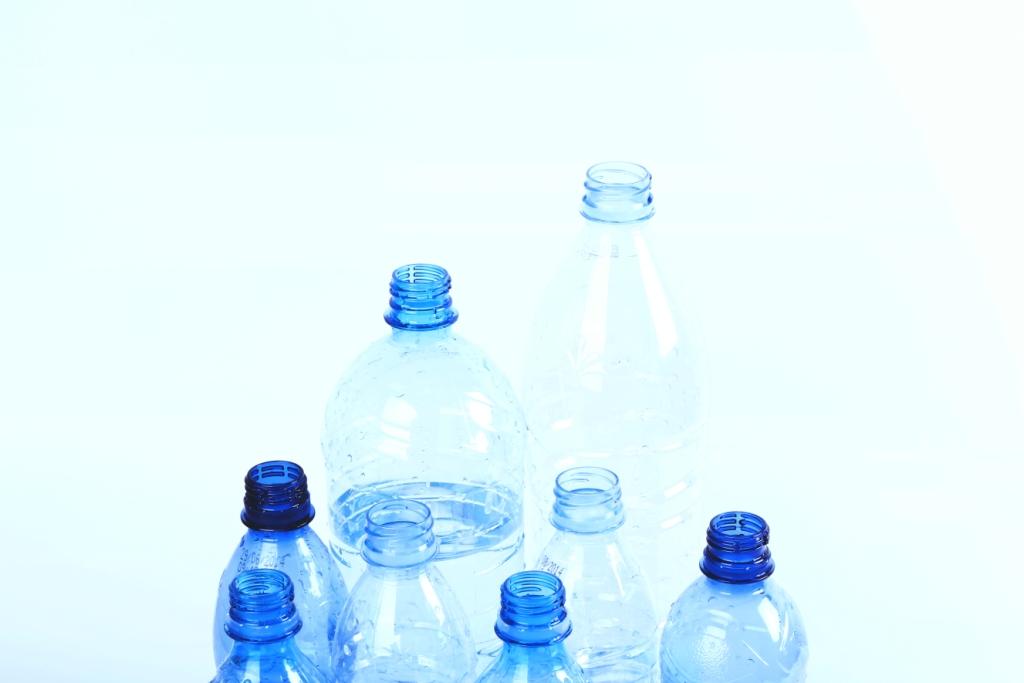The bottling and packaging sector is undergoing a radical transformation, primarily driven by an increasing focus on sustainability, convenience, and innovation. In 2025, the key trends reflect changes in consumer preferences, technological advancements, and greater environmental awareness. In this article, we will explore the main trends shaping the bottling and packaging industry in 2025.
1. Sustainable Packaging Comes First
Sustainability is at the heart of packaging evolution. In 2025, companies are focusing on reducing material usage and package sizes, with simpler and lighter designs. Minimalist design is becoming an established trend, with packaging that not only reflects a cleaner aesthetic but also responds to consumers’ growing demand for sustainability. The adoption of recycled materials, bio-based polymers, and fiber-based solutions is gaining momentum, while the industry is gradually moving away from virgin plastics in favor of more eco-friendly alternatives. Specifically, the plastic water bottle sector, which represents around 97.3% of the global bottle packaging market, is seeing a gradual shift towards using recycled plastic. PET (polyethylene terephthalate), which is already 100% recyclable, remains the preferred material, although the industry is also exploring alternatives like aluminum and glass, particularly in niche markets or for premium products. Source: Mordor Intelligence
An interesting example is the growing use of water cans, which are gaining popularity due to their durability and lower environmental impact compared to plastic. According to a study by Beyond Market Insights, the canned water segment is expected to grow by 6.8% in 2025, thanks to increasing consumer environmental awareness.
To meet customer needs, BBM Packaging offers a used and refurbished can packaging line.
2. Innovative Designs – Polarization Between Small and Premium Packaging
In 2025, packaging sizes are becoming increasingly smaller and more convenient. Consumers are looking for practical and portable solutions, and packaging is adapting to these new needs with more compact, easy-to-carry, and user-friendly formats. The popularity of “on-the-go” packaging is growing, with a particular focus on lightweight and “e-commerce-friendly” containers.
How does BBM respond to the growing need for small and light packaging? Our technical office analyzes the customer’s bottling and packaging plant, providing quick format change solutions. Additionally, with just a few operations, we can adapt the customer’s plant to a reduced-weight preform.
At the same time, alongside practicality, companies are investing in visually striking packaging solutions that stand out on the shelves to attract consumers’ attention. In a paradoxical contrast to the essentiality of market-targeted packaging, premium versions of high quality, made with heavier paper and luxurious finishes, or magnum glass formats, are being used to make products even more exclusive and sophisticated, catering to the demand for luxury goods.
BBM embraces the need for elegant and exclusive formats by offering its used and refurbished magnum glass bottling line.

3. Modular and Flexible Production
In terms of production, a key trend is the growing demand for flexible and modular packaging solutions. Packaging systems that can easily adapt to different product formats, container sizes, and cap types are increasingly sought after. This type of system is particularly advantageous for small and medium-sized enterprises (SMEs), allowing them to diversify their production without the need to invest in multiple specialized machines.
This flexibility helps reduce operational costs and improve efficiency, making the entire packaging process more agile and versatile, a crucial aspect for modern industry.
4. Trends in Wine Packaging
In the wine sector, changing consumer preferences are leading to new packaging methods. The demand for low-alcohol wines is growing, particularly among health-conscious consumers. Alternative packaging, such as cans and boxes, is gaining traction among younger consumers who prefer convenient and sustainable options. These innovative formats could also pave the way for creative marketing strategies, making wine more accessible for casual occasions, not just formal events.
Conclusion
2025 marks a year of significant changes in the bottling and packaging sector, with a strong focus on sustainability, convenience, and innovation. Companies are adapting to new consumer demands, emphasizing attractive designs and recyclable materials, while ensuring safe and efficient production. In a rapidly evolving market, adapting to emerging trends will be key to success in the near future.





